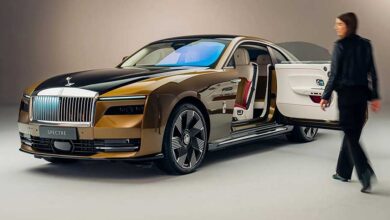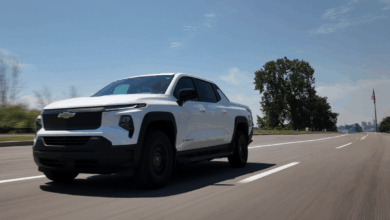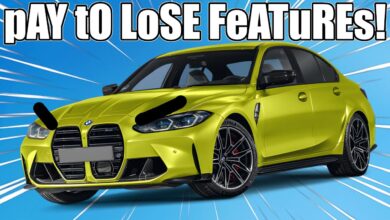This Driving Habit Slashes Your Car’s Value
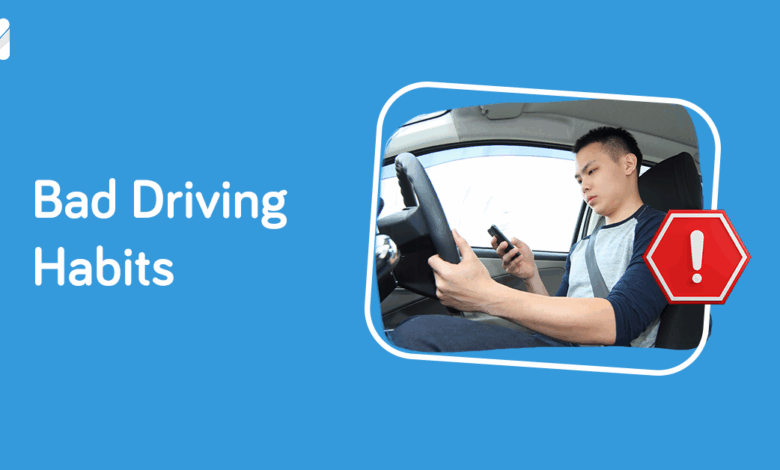
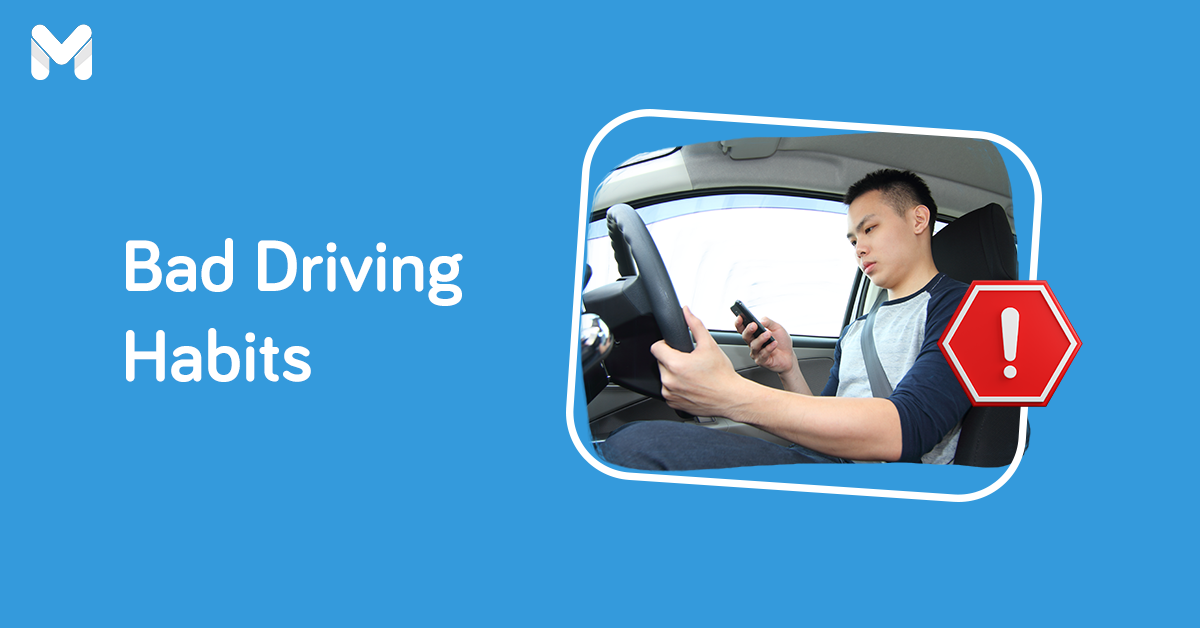
For most people, a car is the second largest purchase they will ever make, right after a home. We diligently change the oil, follow the service schedule, and keep it clean, believing these actions will protect our investment. However, there is one pervasive and often ignored driving habit that systematically destroys a vehicle’s value, costing owners thousands of dollars at trade-in time. This habit isn’t reckless speeding or burning rubber; it’s something far more common and insidious: Aggressive Stop-and-Go Driving. This comprehensive guide will dissect how this everyday behavior wreaks havoc on your vehicle’s critical components, provides you with the data to understand the true financial impact, and offers a strategic blueprint to change your habits and preserve your automotive investment.
A. Deconstructing the Damage: How Aggressive Driving Erodes Your Car
Aggressive acceleration and harsh braking create a cascade of excessive wear and tear on components that are both expensive to replace and critical to a vehicle’s performance and safety. The damage is not always immediately visible, but it accumulates relentlessly, much like high blood pressure silently damaging a person’s cardiovascular system.
A. The Brake System: Your First and Most Costly Financial Casualty
Every time you slam on the brakes, you are not just stopping the car; you are conducting a small, destructive experiment on your braking system.
-
Brake Pads and Rotors: Normal braking allows for even, gradual wear. Aggressive braking generates intense heat, causing the pad material to transfer onto the rotor in an uneven pattern. This leads to “warping” (though it’s actually thickness variation), which manifests as a pulsating steering wheel and shuddering when you brake. This forces premature replacement of both pads and rotors, a repair that can cost $400-$800 per axle, sometimes needing service at 20,000 miles instead of 60,000.
-
Brake Fluid: The extreme heat from harsh braking can cause brake fluid to boil. Since brake fluid is hygroscopic (it absorbs water from the air over time), its boiling point decreases. Boiling fluid creates air bubbles in the lines, leading to a soft, spongy brake pedal and significantly reduced stopping power, a critical safety hazard.
B. The Drivetrain: A Chain Reaction of Expensive Wear
The drivetrain is the heart of your car’s power delivery, and aggressive driving is a heart attack in slow motion.
-
Transmission: Whether you drive an automatic or a manual, abrupt acceleration and deceleration are brutal on the transmission. In automatics, it causes harsh shifting and overheats the transmission fluid, breaking down its protective properties and leading to worn clutches and bands. A transmission rebuild or replacement is one of the most expensive repairs, often ranging from $3,000 to $7,000.
-
Clutch (Manual Transmission): “Riding the clutch” or rapid engagement during aggressive starts will burn out a clutch plate remarkably quickly. A clutch replacement is a labor-intensive job costing between $1,000 and $2,500.
-
Driveshafts, CV Joints, and U-Joints: The sudden jolt of power from a hard start and the shock of a hard stop put immense strain on these components, leading to premature failure. You’ll hear tell-tale clicking or clunking sounds when turning or accelerating, signaling a repair that can cost hundreds to over a thousand dollars.
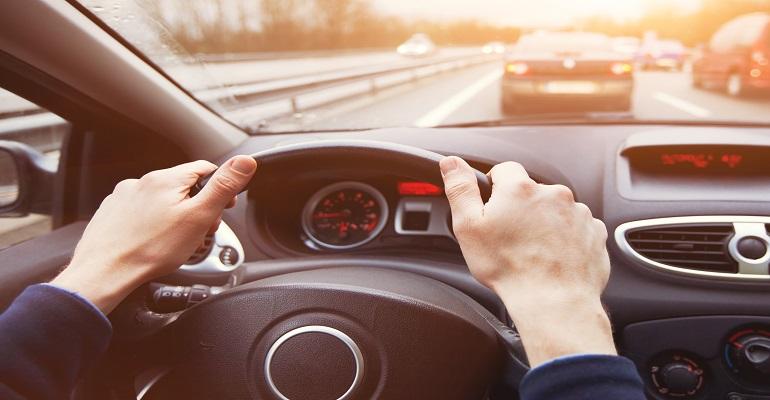
C. Tires: The Literal Rubber Meeting the Road
Tires are your car’s only connection to the road, and aggressive driving grinds that connection away.
-
Irregular and Accelerated Wear: Hard cornering causes shoulder wear, while aggressive acceleration causes spinning and scrubbing that wears the tread unevenly. Hard braking creates flat spots on the tires. This can slash a tire’s lifespan by 30-50%, forcing you to replace a $800-$1,200 set of tires far sooner than expected.
-
Reduced Performance: As tread wear becomes irregular, the tire’s ability to grip the road in wet or snowy conditions is severely compromised, increasing the risk of hydroplaning and accidents.
D. The Engine and Exhaust System: Inefficiency and Hidden Stress
Constantly revving the engine high and forcing it to work under heavy load has long-term consequences.
-
Engine Deposits and Carbon Buildup: Counterintuitively, aggressive driving from a cold start can be especially harmful. The engine needs time to reach its optimal operating temperature. Forcing it to work hard before it’s warm can lead to incomplete combustion, resulting in carbon deposits on fuel injectors, intake valves, and spark plugs. This reduces fuel efficiency, power, and drivability.
-
Exhaust System Strain: The high temperatures and pressure fluctuations can damage catalytic converters and oxygen sensors. A failed catalytic converter alone can cost over $2,000 to replace.
B. The Appraisal Shock: How a Dealer Sees Your Aggressively Driven Car
When you finally decide to sell or trade in your vehicle, the cumulative damage from years of aggressive driving becomes painfully clear in the form of a lowball offer. A trained dealer appraiser can spot the signs in minutes.
A. The Electronic Footprint: Data Doesn’t Lie
Modern vehicles are data hubs. Technicians can plug a scanner into the OBD-II port and pull a wealth of historical data, including:
-
Number of Hard-Braking Events
-
High-RPM Driving Statistics
-
Engine Idle Hours vs. Driving Hours
This electronic vehicle health report (like a CarFax Health Report) provides irrefutable evidence of driving style, immediately devaluing the car in the eyes of a dealer who anticipates near-term repairs.
B. The Physical Inspection: The Tell-Tale Signs
An experienced appraiser doesn’t need a computer to see the story.
-
Brake Pedal Feel: A soft or pulsating pedal is an instant red flag.
-
Tire Wear Patterns: Cupping, scalloping, or uneven wear on the edges signals harsh cornering and braking.
-
Suspension Noises: Worn bushings and shock absorbers, often a result of aggressive driving over bumps, will create clunks and rattles during a test drive.
-
Engine Performance: A rough idle or sluggish acceleration can indicate carbon buildup or ignition issues stemming from the driving style.
C. The “Projection of Future Costs”
A dealer doesn’t just see the car as it is; they project the costs they will incur to recondition it for their lot. An aggressively driven car is classified as a higher-risk unit. They know that the brakes, tires, and potentially the transmission are on borrowed time. They will subtract the full cost of these impending repairs from their offer, plus a risk premium, because they can’t be sure what else is about to fail.
C. The Financial Mathematics of Calm Driving
To fully grasp the impact, let’s translate habit into hard numbers. Consider a $35,000 sedan owned for 5 years.
A. The Aggressive Driver’s Financial Bleed:
-
Two Extra Sets of Brakes: $1,200
-
One Extra Set of Tires: $1,000
-
Reduced Fuel Economy (15% less): ~$2,500 (over 5 years)
-
Potential Transmission Service/Issues: $1,500
-
Total Out-of-Pocket Ownership Cost Increase: $6,200
B. The Depreciation Double Whammy:
At trade-in, the dealer identifies the wear and projects $3,000 in immediate reconditioning costs. The car that might have been worth $15,000 is now offered $12,000.
C. The Total Financial Loss:
When you add the increased ownership costs ($6,200) to the lost value at trade-in ($3,000), the total cost of aggressive driving over 5 years amounts to a staggering $9,200. That’s nearly 30% of the car’s original value, evaporated by a preventable habit.
D. The Master Plan for Preserving Your Car’s Value
Changing your driving style is the single most effective action you can take to protect your investment. Here’s how to become a value-conscious driver.
A. Master the Art of Hypermiling Techniques (Safely)
Hypermiling is the practice of maximizing fuel efficiency, and its core principles are the exact opposite of aggressive driving.
-
Look Ahead and Coast: Instead of speeding up to a red light only to brake hard, lift your foot off the accelerator early and coast to a gradual stop. This uses zero fuel and causes zero brake wear.
-
Accelerate Smoothly and Moderately: Imagine there’s a fresh egg between your foot and the pedal. Apply pressure smoothly and progressively. There is rarely a need to exceed 3,000 RPM during normal acceleration.
-
Maintain a Consistent Speed: Use cruise control on the highway. The constant speed is not only efficient but also prevents the constant micro-adjustments that lead to wear.
B. Adopt a Proactive and Meticulous Maintenance Mindset
-
Fluids are Lifeblood: Change your transmission fluid and brake fluid according to the “severe service” schedule in your owner’s manual, as aggressive driving qualifies as severe.
-
Tire Care: Check tire pressures monthly. Under-inflated tires increase rolling resistance and wear out faster. Get a tire rotation and alignment every 6,000 miles to ensure even wear.
-
Listen to Your Car: Address any new noises, vibrations, or warning lights immediately. A small, inexpensive fix now can prevent a catastrophic, expensive failure later.
C. Leverage Technology to Your Advantage
-
Use the Eco Mode: If your car has an Eco mode, use it. This setting recalibrates the throttle response and transmission shift points to prioritize smoothness and efficiency, automatically curbing aggressive inputs.
-
Monitor Your Driving: Some modern vehicles and insurance telematics devices provide a driving score. Use this feedback to become more self-aware of your acceleration and braking patterns.
Conclusion: Your Right Foot Holds the Key to Your Equity
The value of your car is not predetermined. It is a direct reflection of how you treat it from the moment you drive it off the lot. Aggressive stop-and-go driving is a silent value-killer, a habit that systematically dismantles your equity one harsh brake and hard acceleration at a time. The financial repercussions are real and substantial, amounting to thousands of dollars in unnecessary repairs and accelerated depreciation. By choosing to become a smooth, anticipatory driver, you are not just making the roads safer; you are actively making a sound financial decision. You are preserving a significant asset, ensuring that when the time comes to sell, you are rewarded for your care with a valuation that truly reflects a well-maintained vehicle.
Tags: car depreciation, aggressive driving, car maintenance tips, vehicle value, driving habits, car brake wear, tire maintenance, auto repair costs, car resale value, hypermiling
Category: Automotive


